Ensoniq DP/4
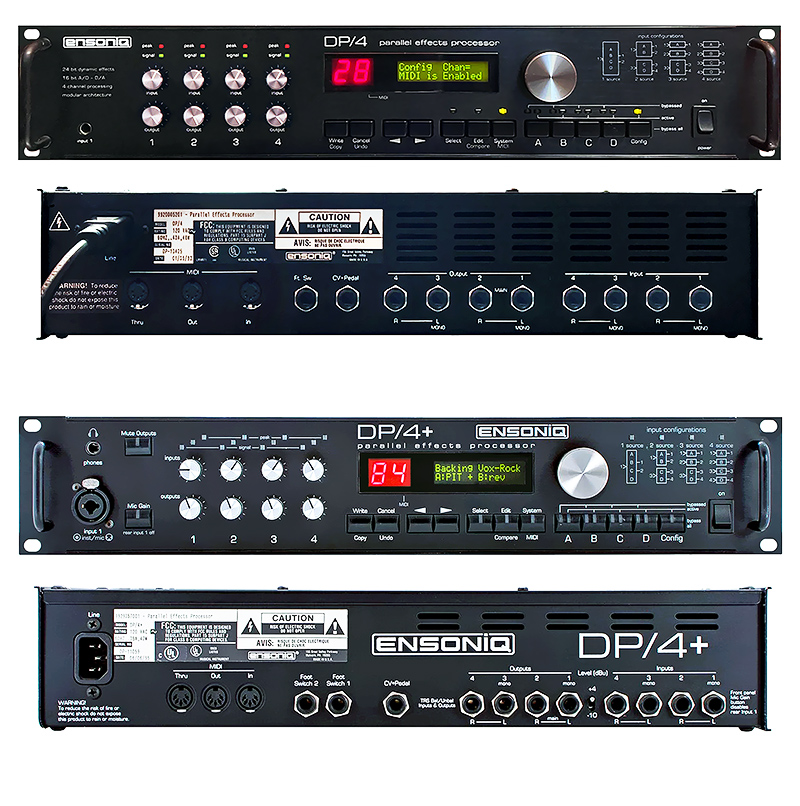
Released in 1992 for £1175 GBP, the DP/4 was a very unique unit & one of the few Multi-effects boxes that genuinely did Multiple Effects beyond the time-based FX choices of most other offerings. In that respect the DP/4 is, along with the SPX-90, a true 'Multi-Effect' unit and then some, offering: 11 types of Reverb (rooms, plates, reverse and gated), four types of Delay (including multi-tap and stereo, & delays can also clock to external MIDI tempo), Chorus, Vibrato, Auto-panner, Flanger and Tremolo (all of which include EQ and Delay facilities), Phaser/DDL, a special eight voice Chorus, a straight Flanger, three Pitch-shifters, Distortion, three Guitar Amps and three Speaker Simulators (including a rotating Leslie Cab'), and like the SPX-90, the DP/4 also offers Compression as well as three Expanders (one inverted), a De-Esser, Ducker/Gate, Rumble filter, Parametric EQ, an Exciter & a Sine wave/noise generator!! Yes, all in the one unit, and remember you get 4 x those choices!!
The PD/4 is basically four 24-Bit multi-FX processors, each one offering 44 different effect algorithms, which can be arranged into any configuration. The processors are labelled A, B, C & D, and the input configuration choices are as follows:
1 Source: Input 1 feeds all four FX processors to stereo output 1/2
2 Source: Input 1 & 3 feed processors A/B & C/D, each with its own stereo output, (outputs 1/2 & 3/4 respectively).
3 Source: Inputs 1 & 2 feed processors A & B each with a mono output (outputs 1 & 2 respectively), while Input 3 feeds processors C & D, using stereo outputs 3 & 4.
4 Source: Inputs 1, 2, 3 & 4 feed processors A, B, C & D, each one having its own mono output 1, 2, 3 & 4 respectively.
The DP/4 has 400 patch slots, half with factory patches and the other 200 as user patch slots. Further to this, because all four effect processor have their own DSP chip, each one can have the same effects but with the parameters tweaked in different ways.
Zoom Studio 1202

1994 & the Zoom 1202 actually came before the later 1201 (weird numbering system). At £199 this unit sold in large quantities to home & semi pro studios alike. 512 presets (32 x 16 patterns). Two editable parameters per program such as diffusion, attack, density, damping etc. Reverb, delay & modulation FX, tremolo, & pitch shifting, including series FX such as flange + reverb, pitch + reverb & chorus + reverb
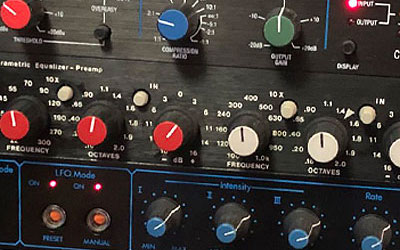

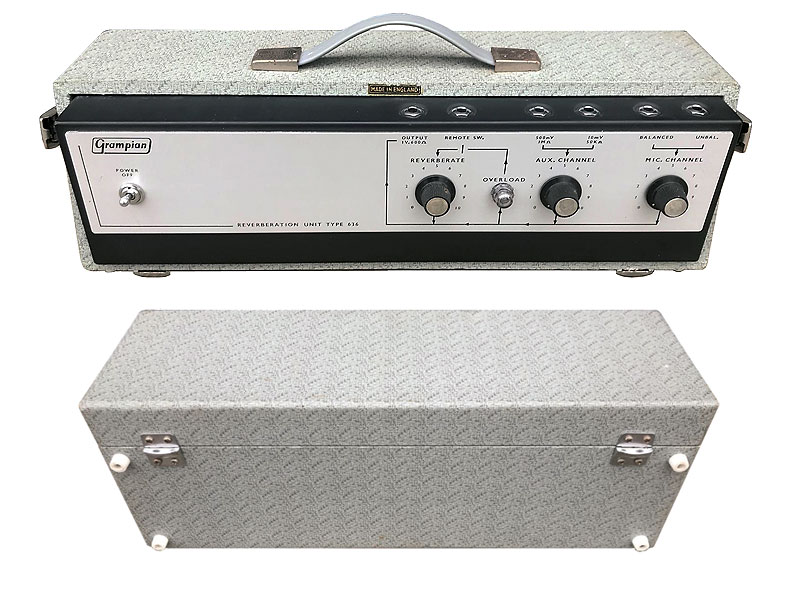
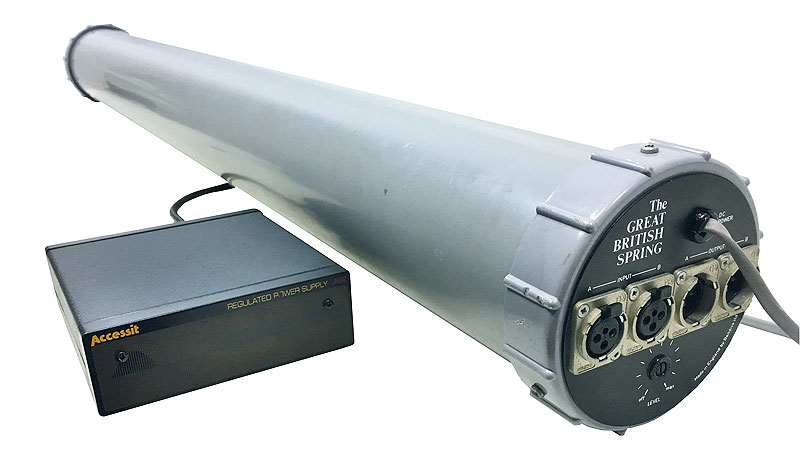
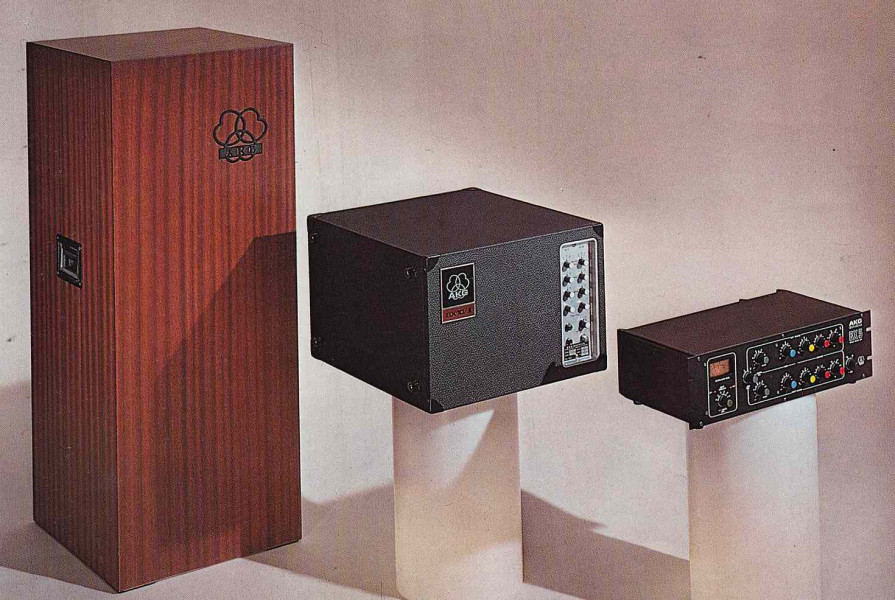
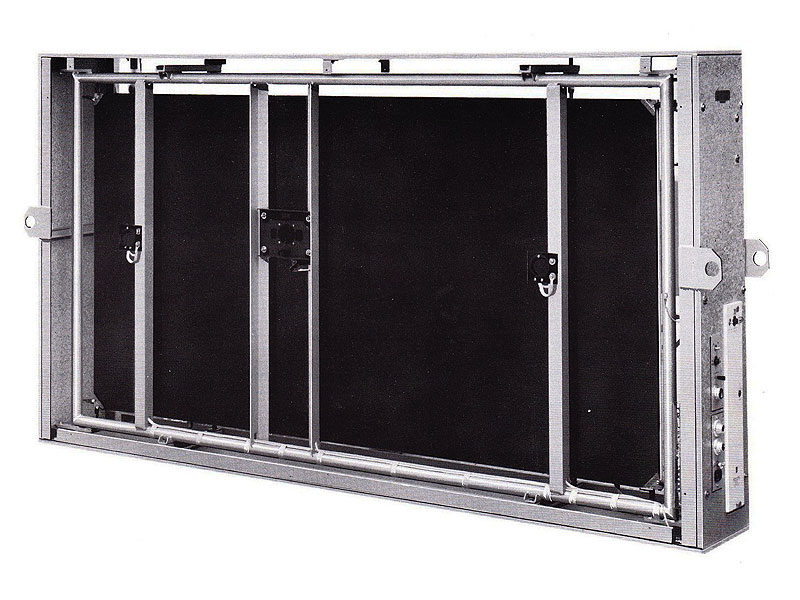
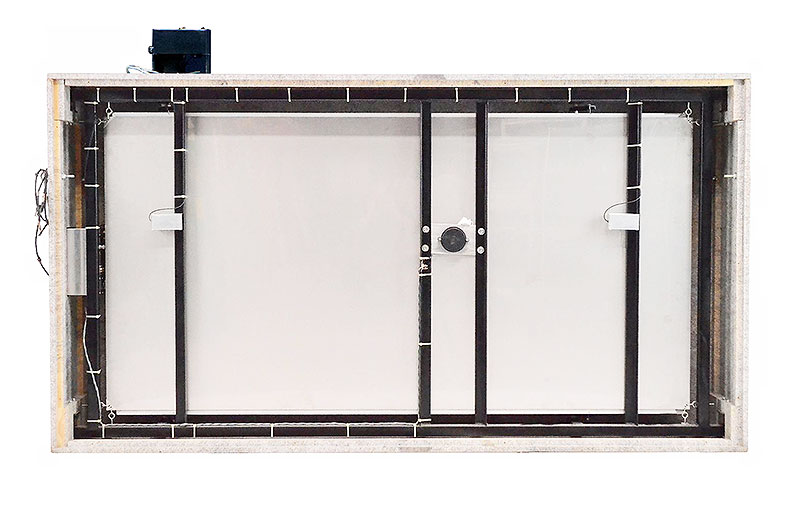
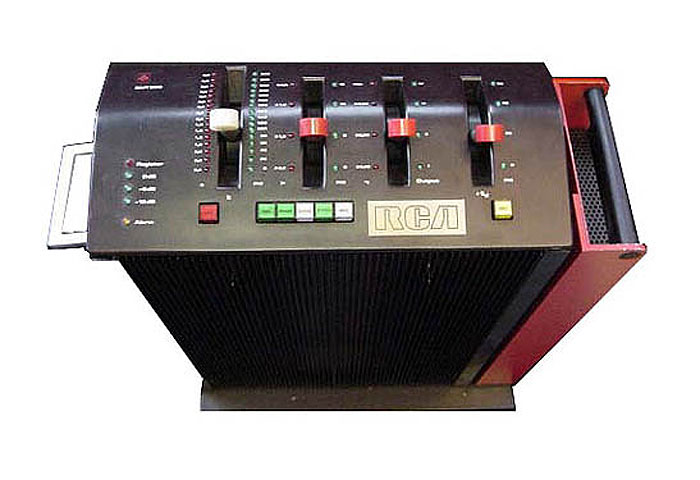
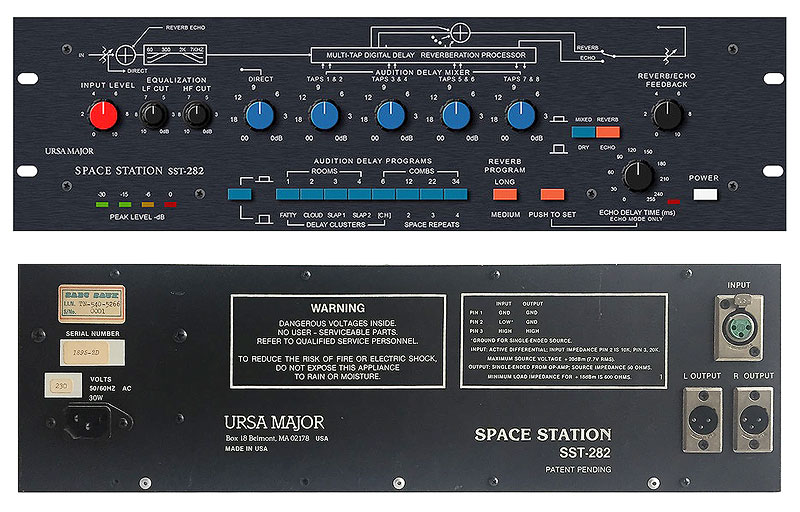
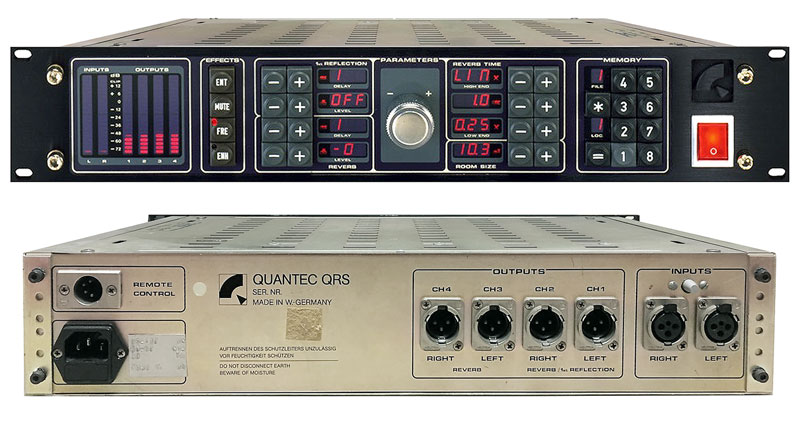
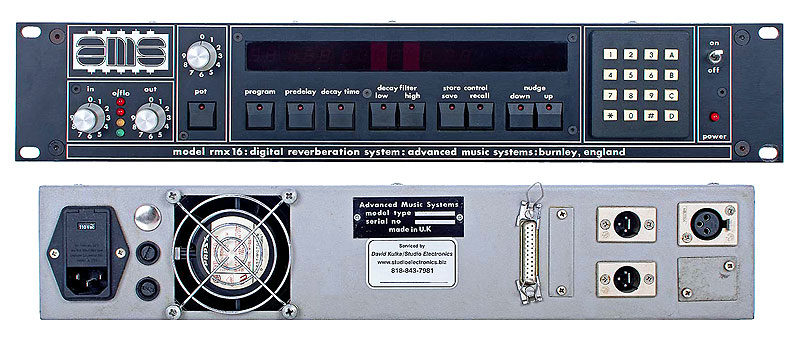

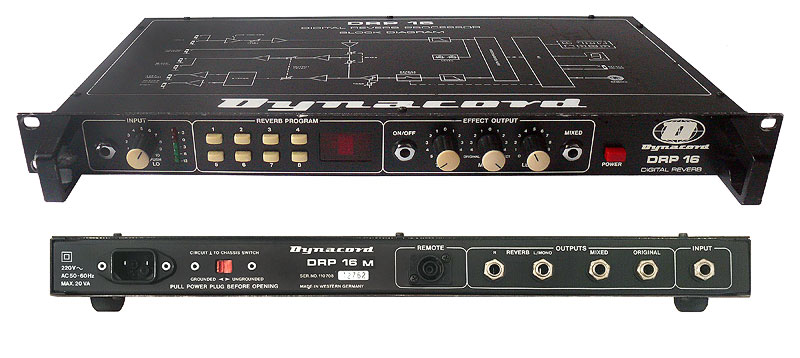

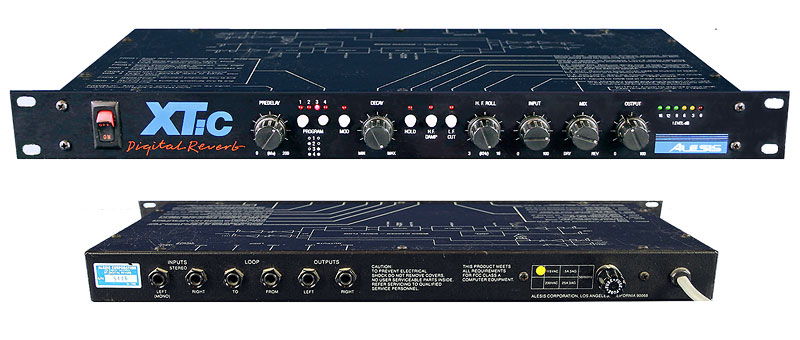
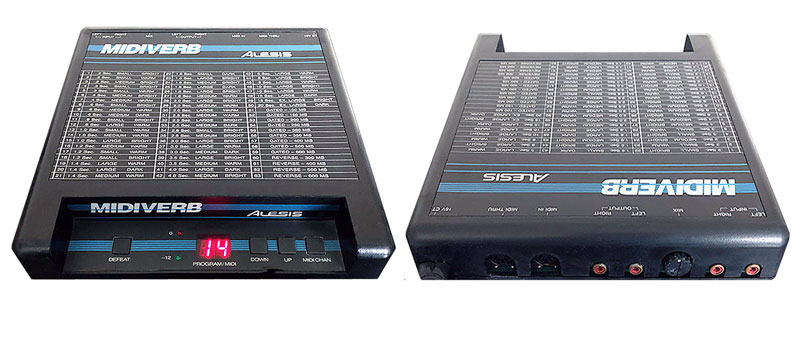
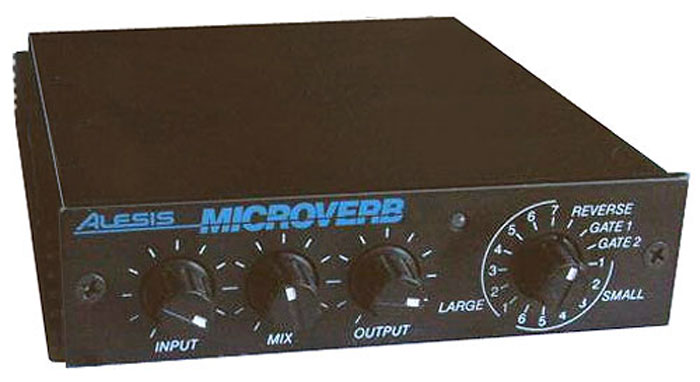

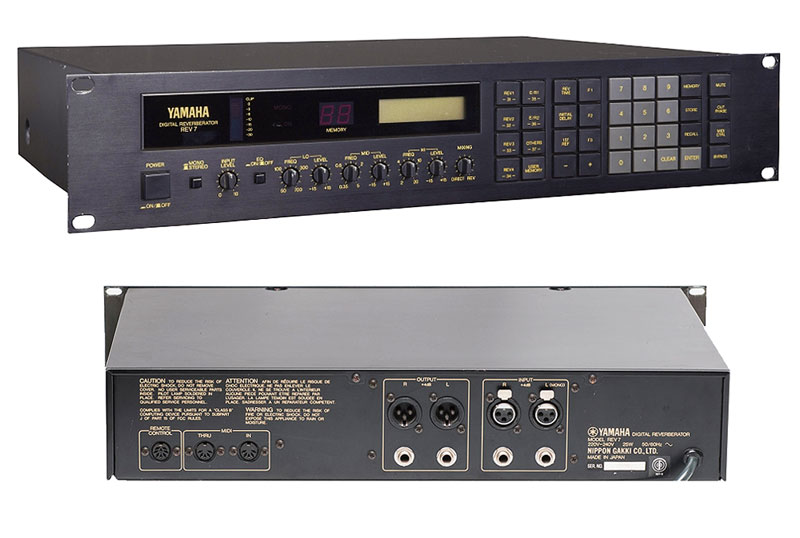
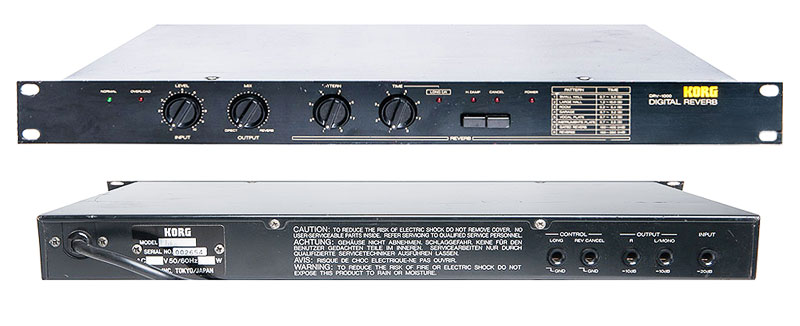

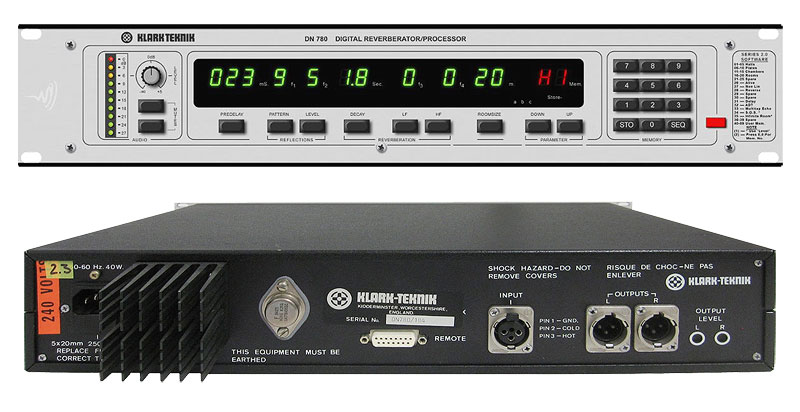
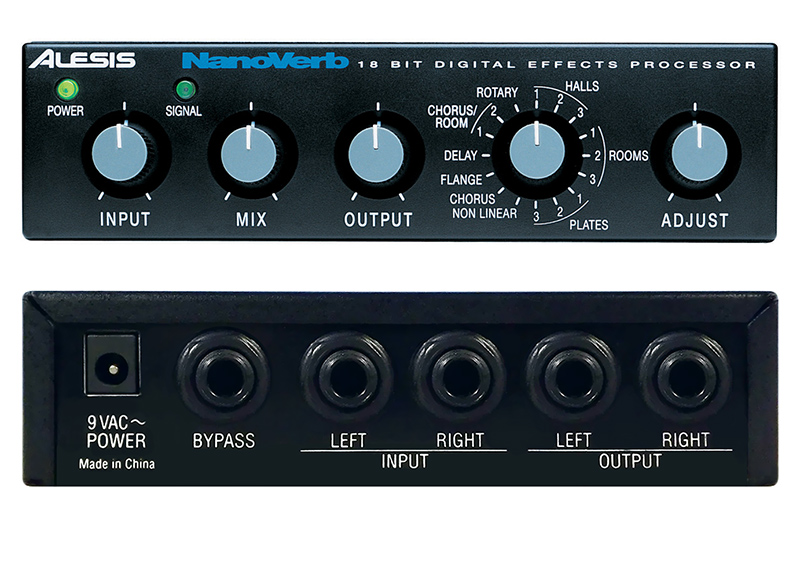
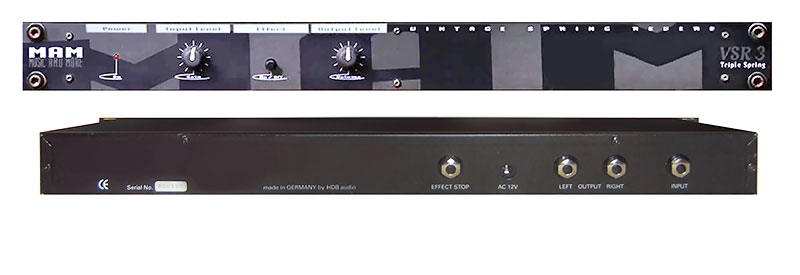
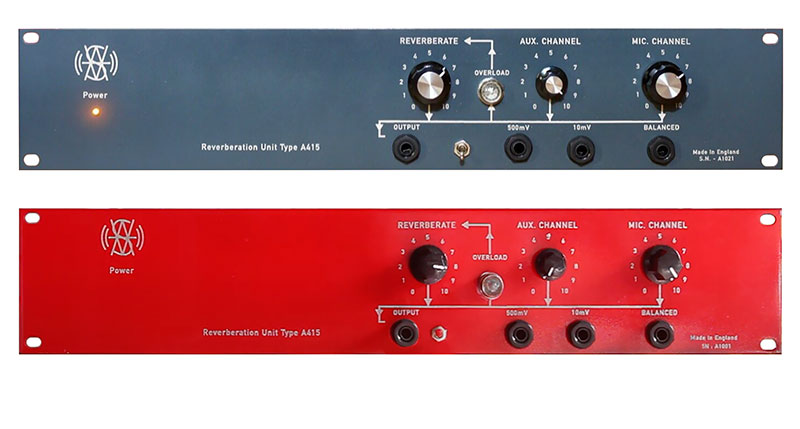
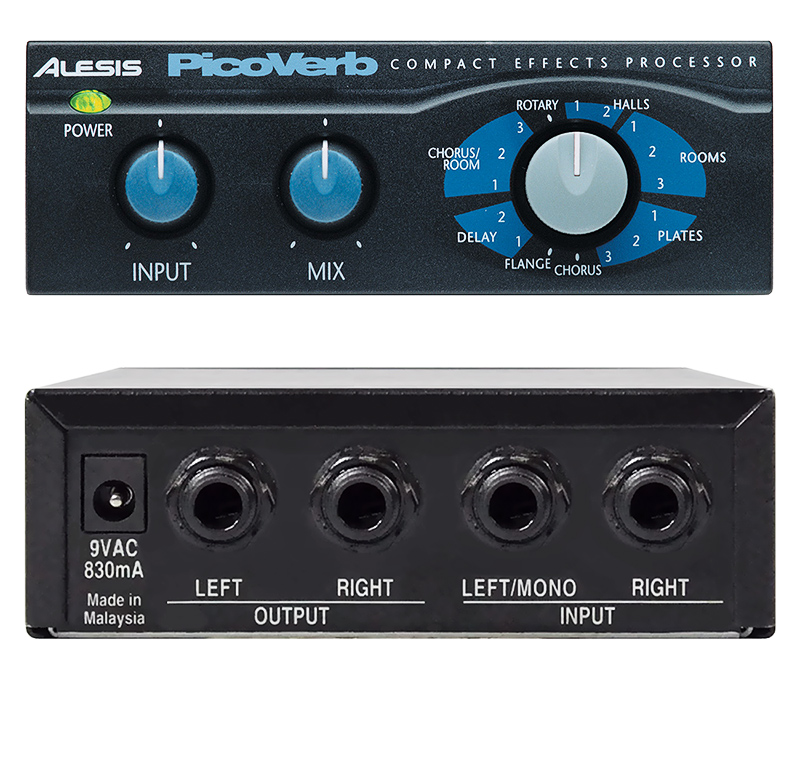


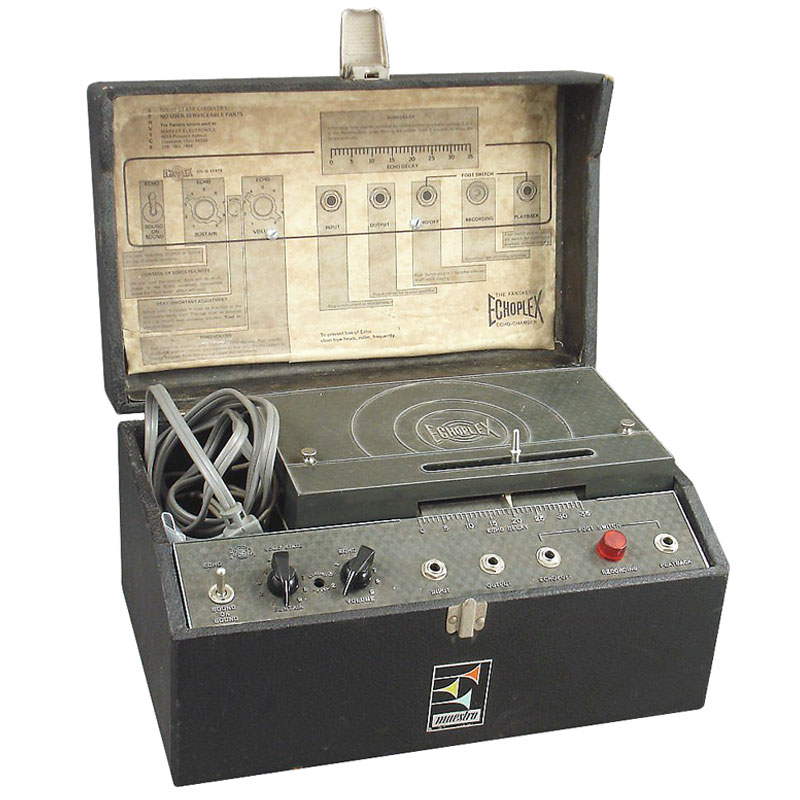
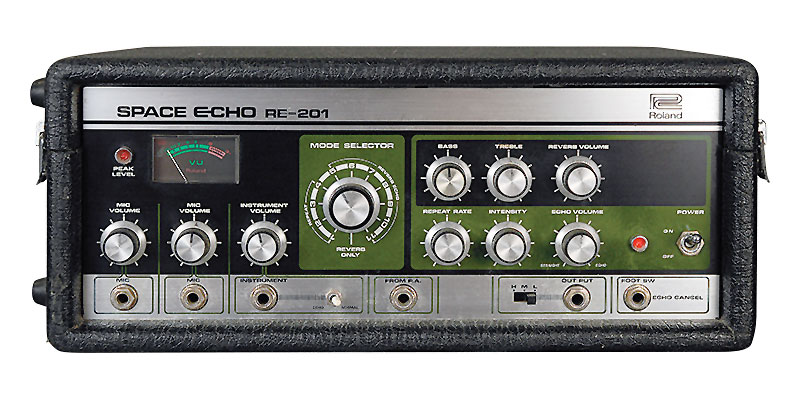
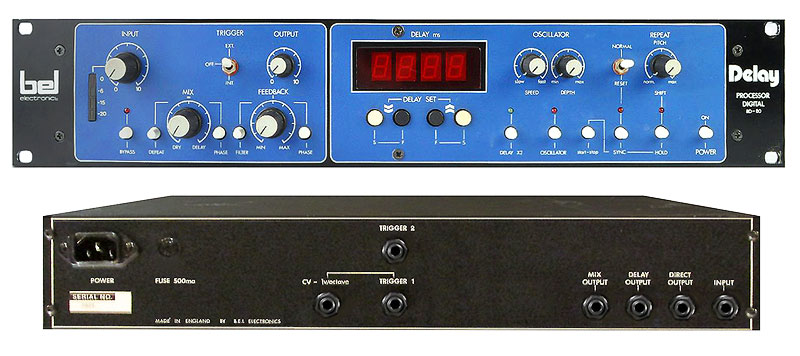
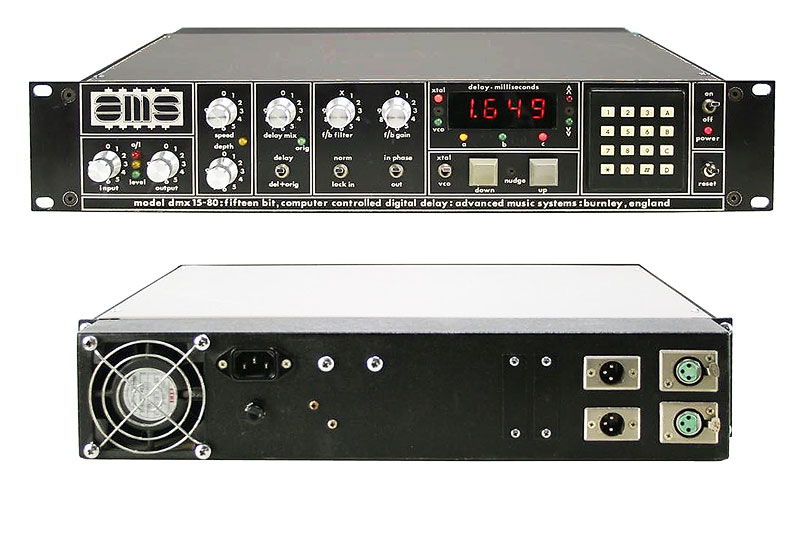
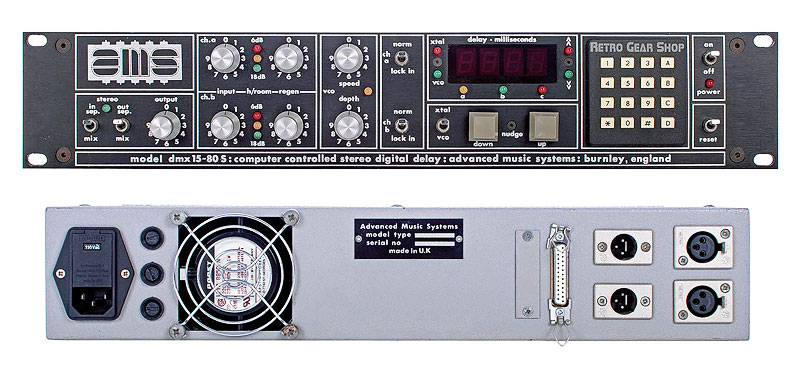
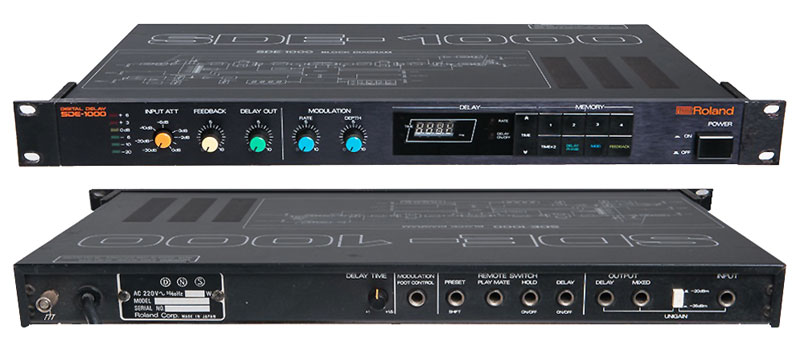
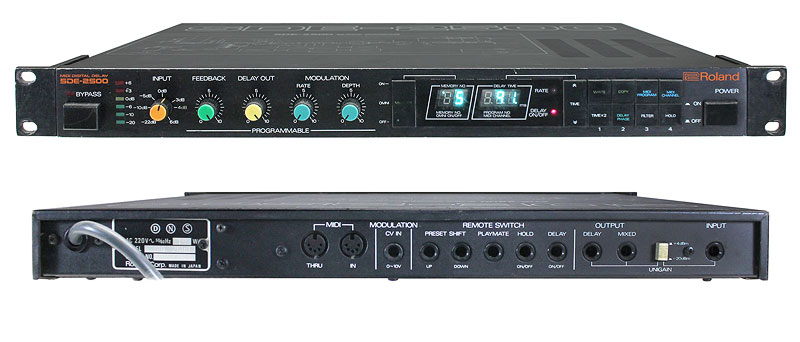
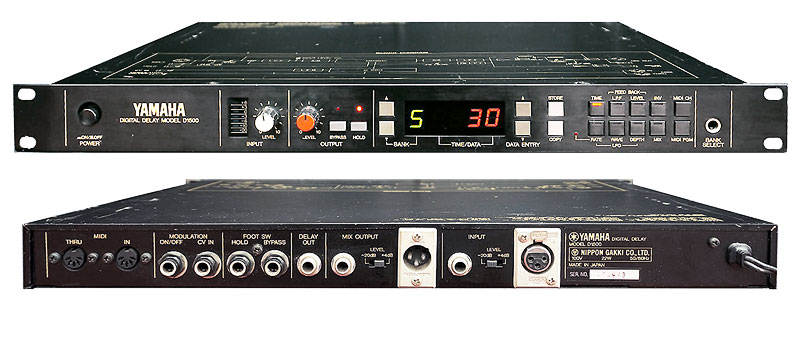

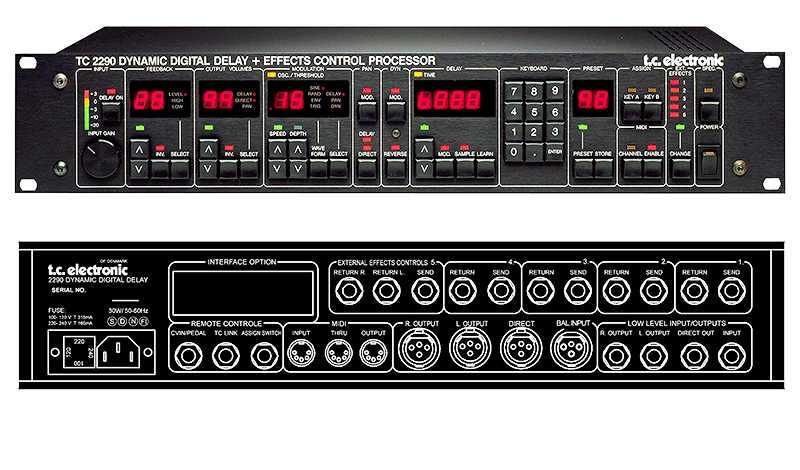

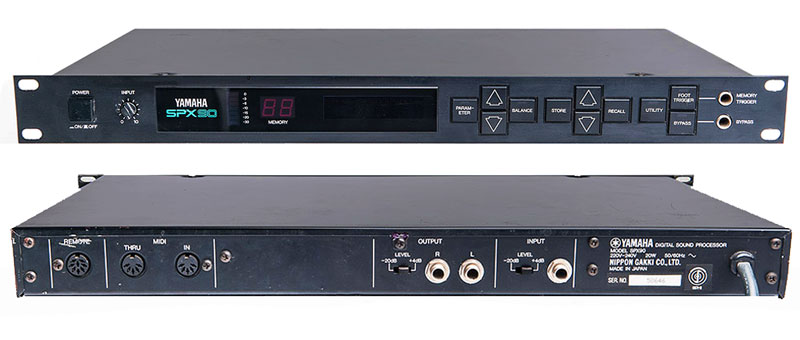
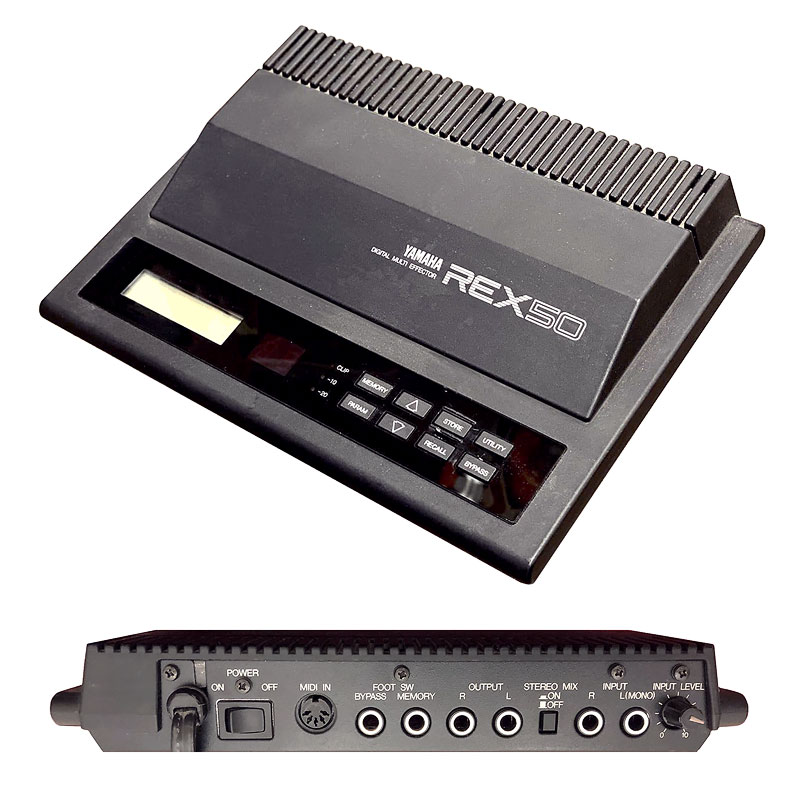

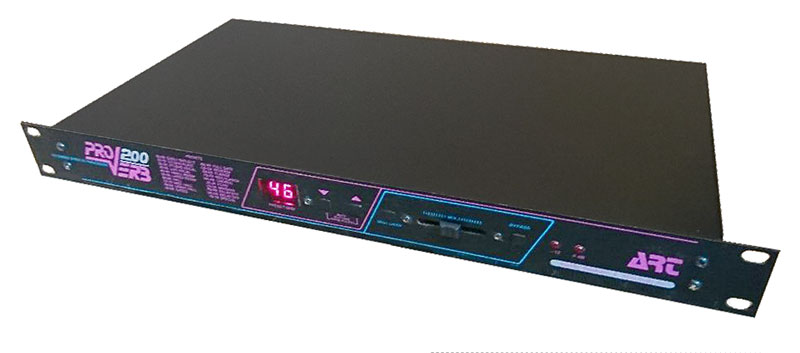



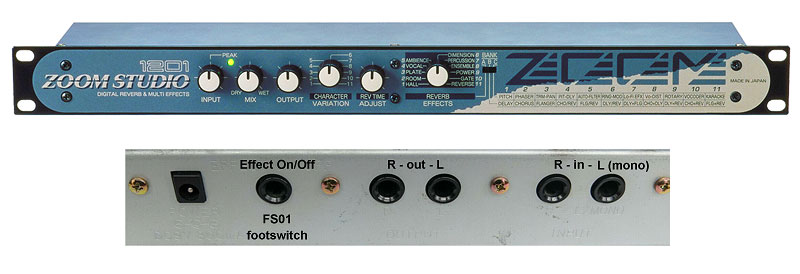

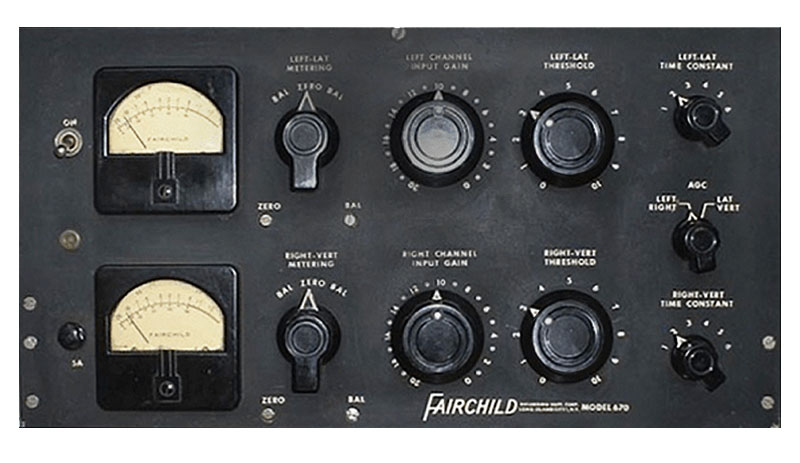


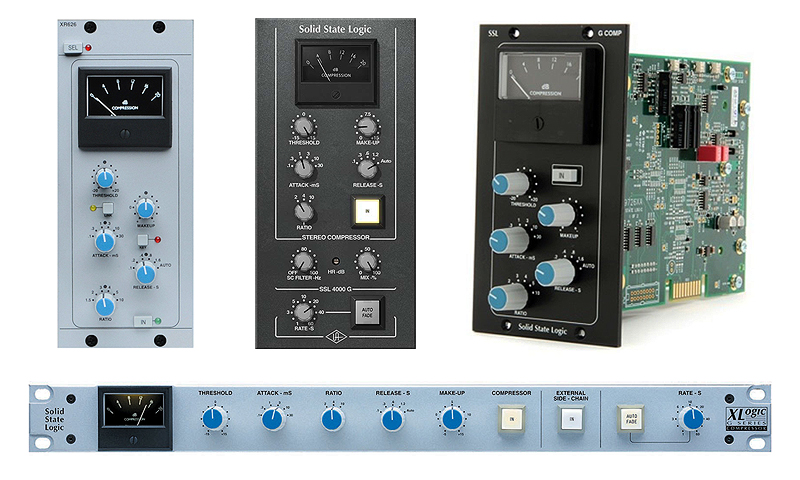
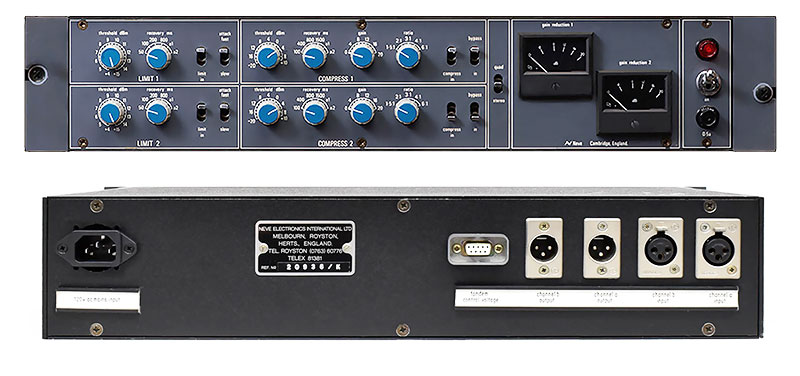
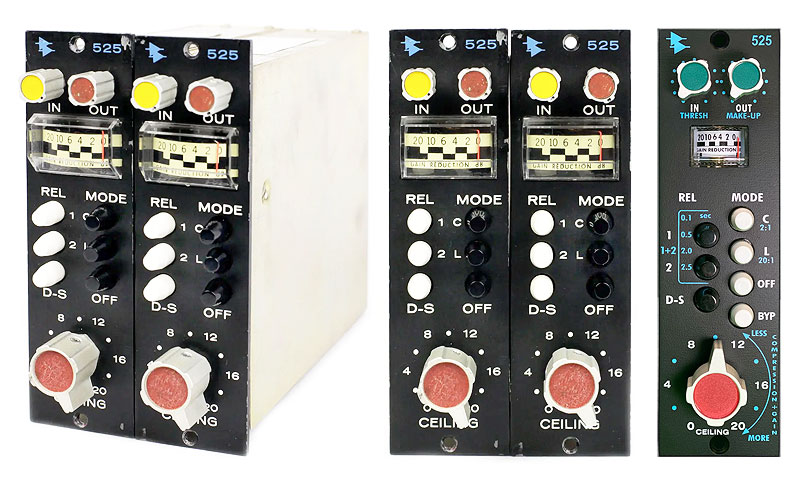
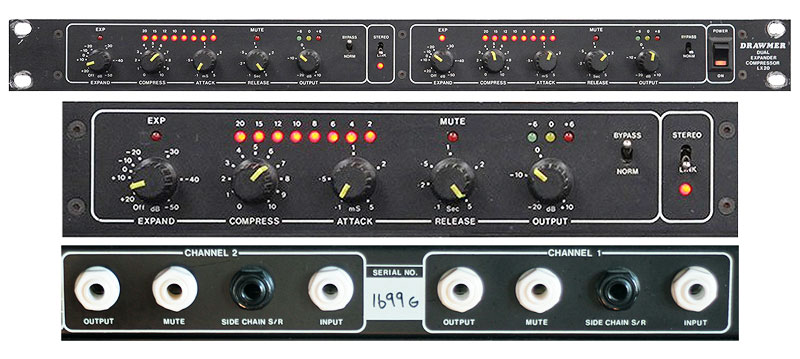
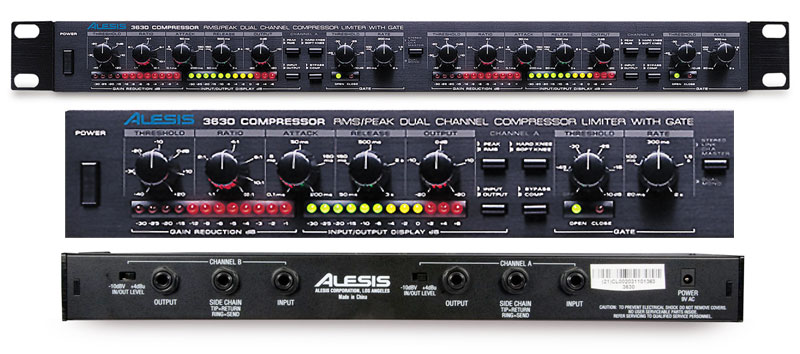



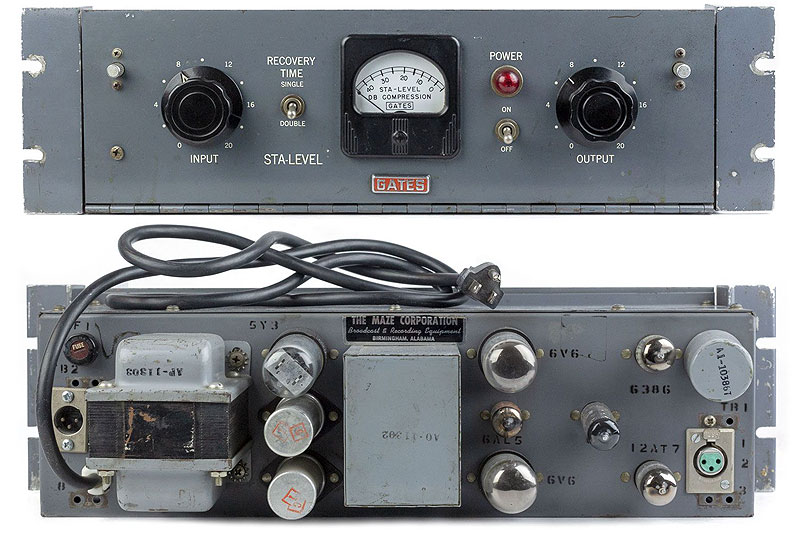


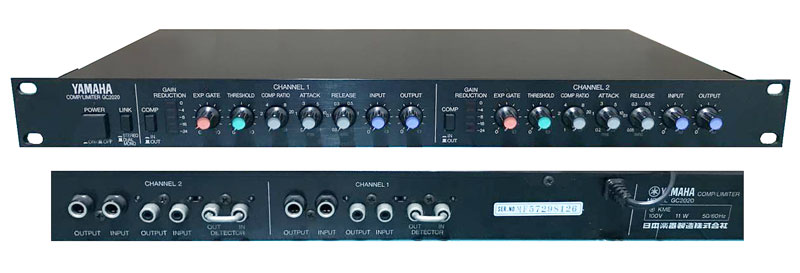
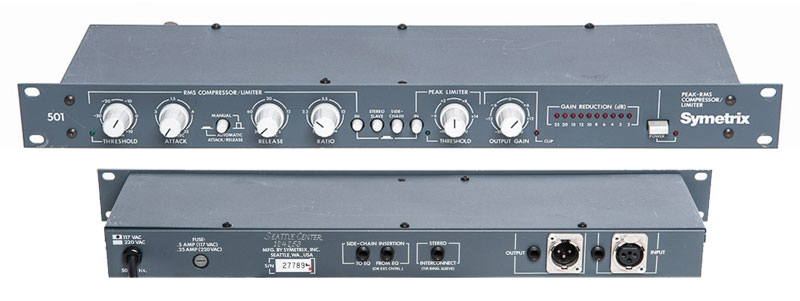
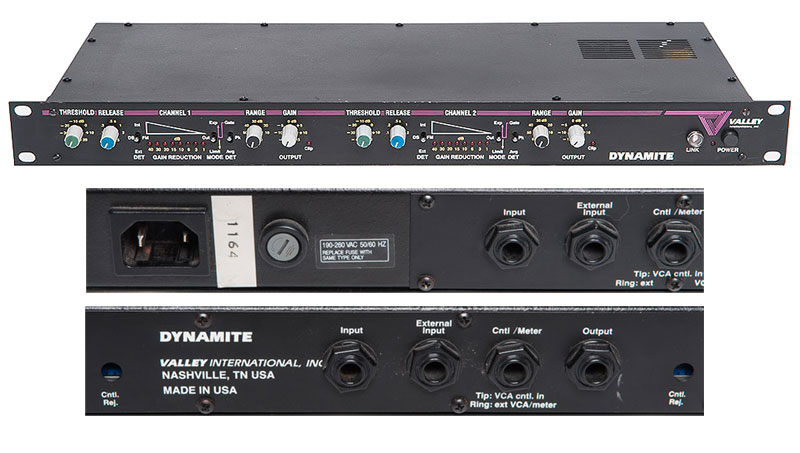
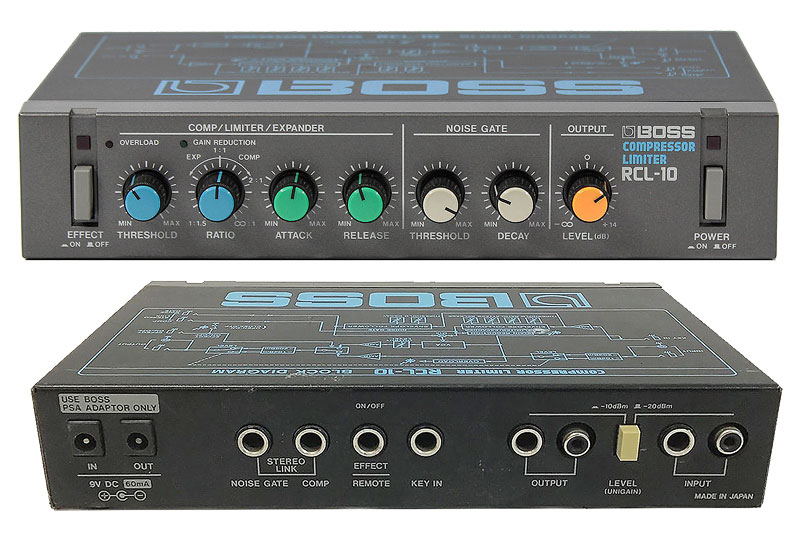
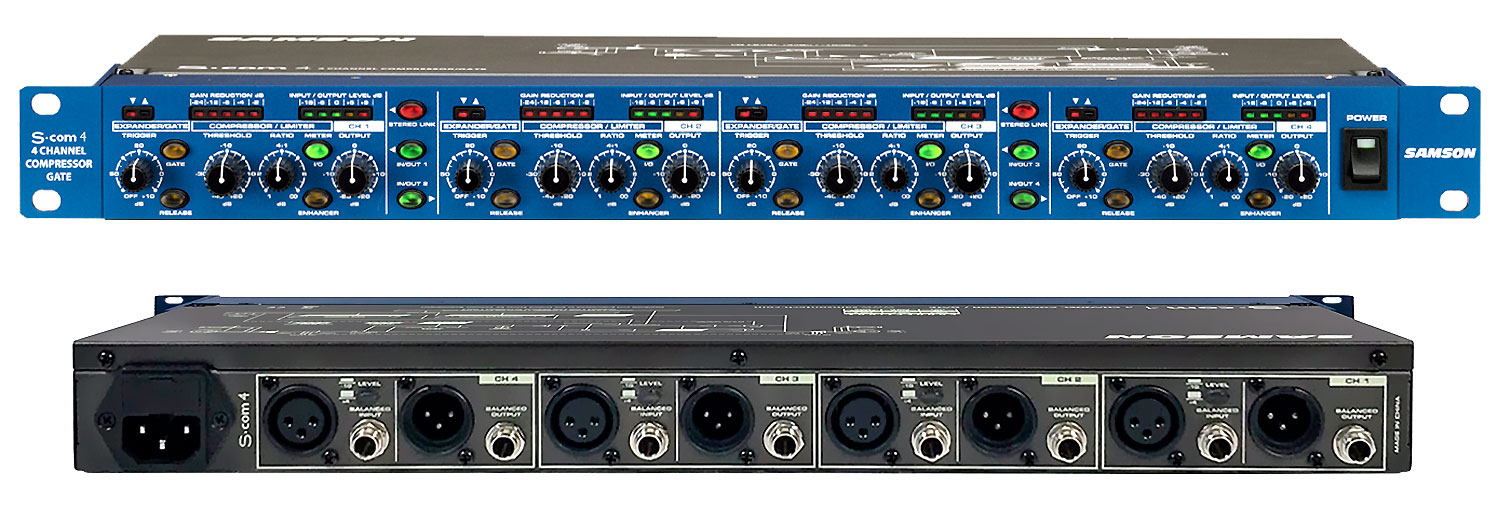
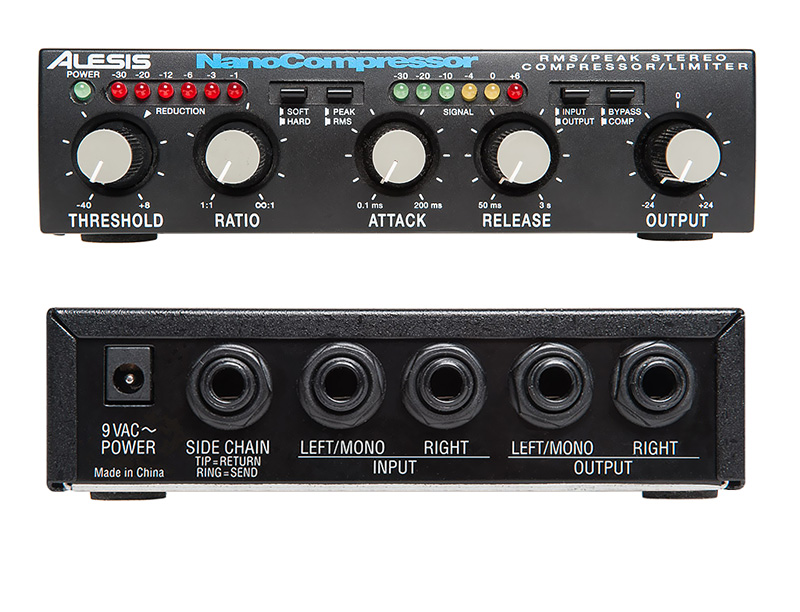

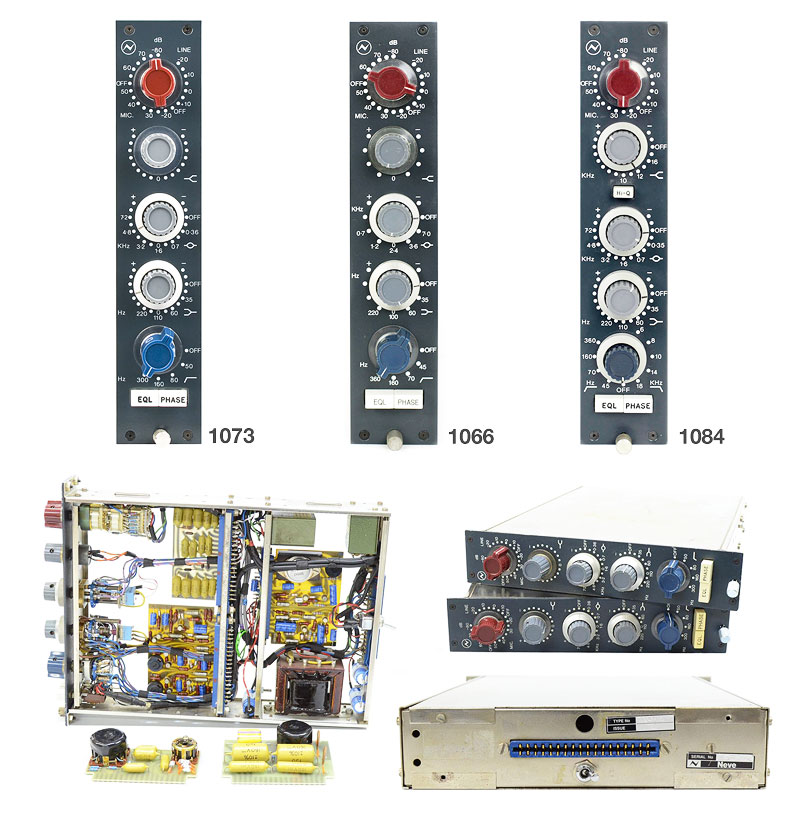
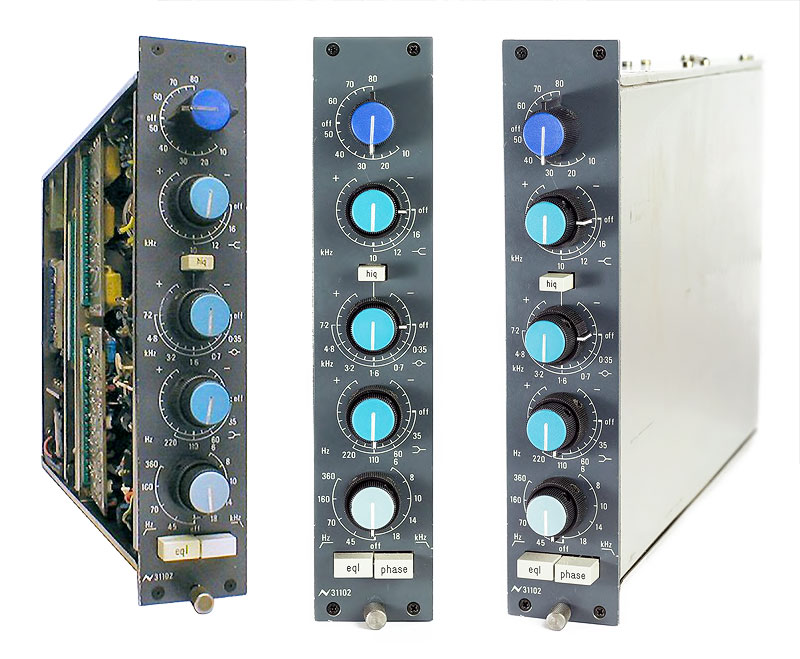
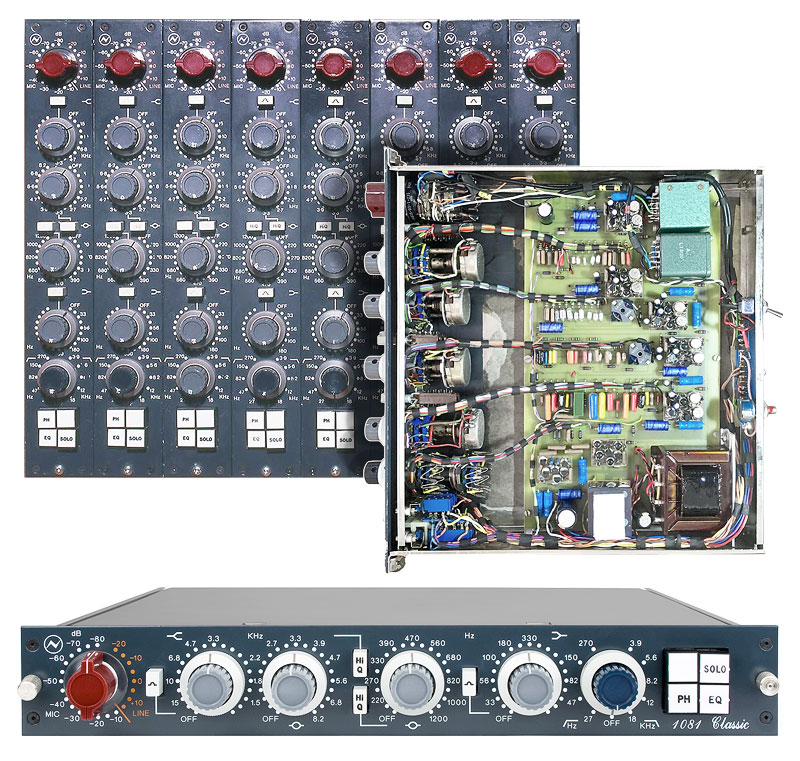
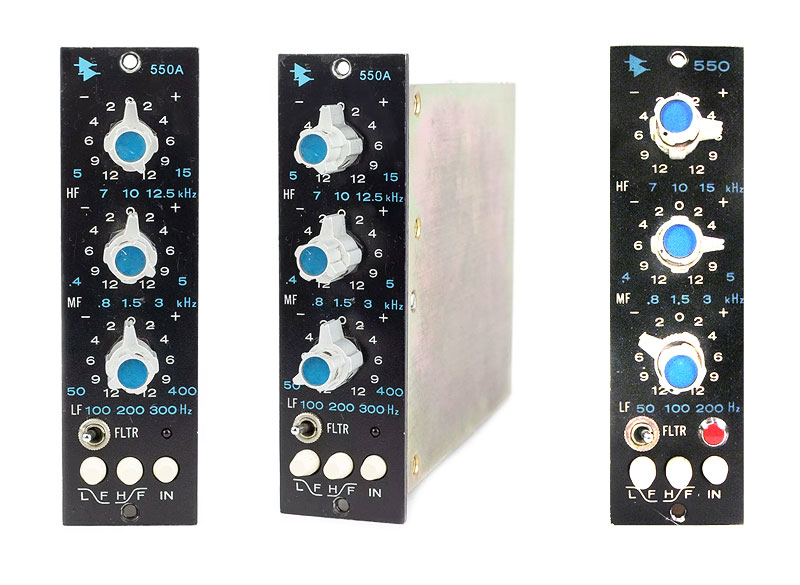
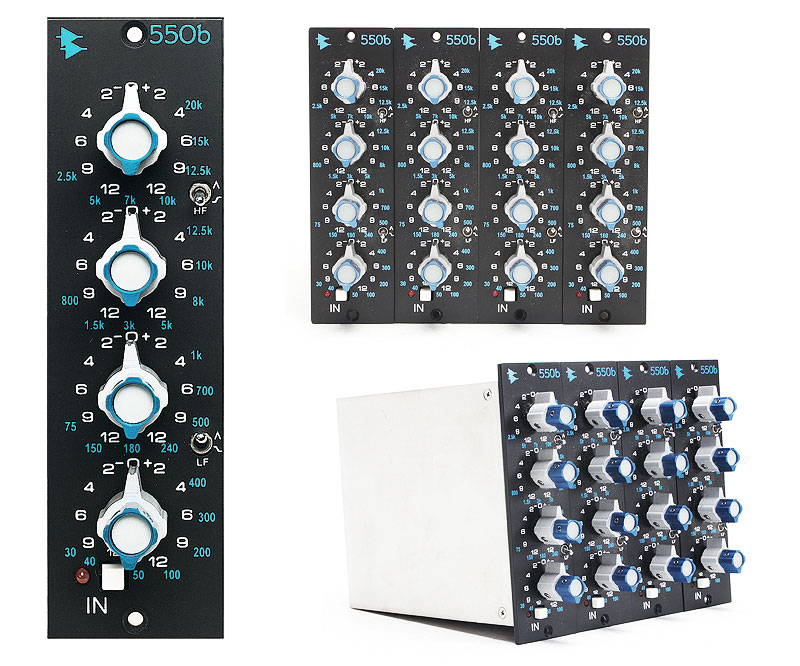

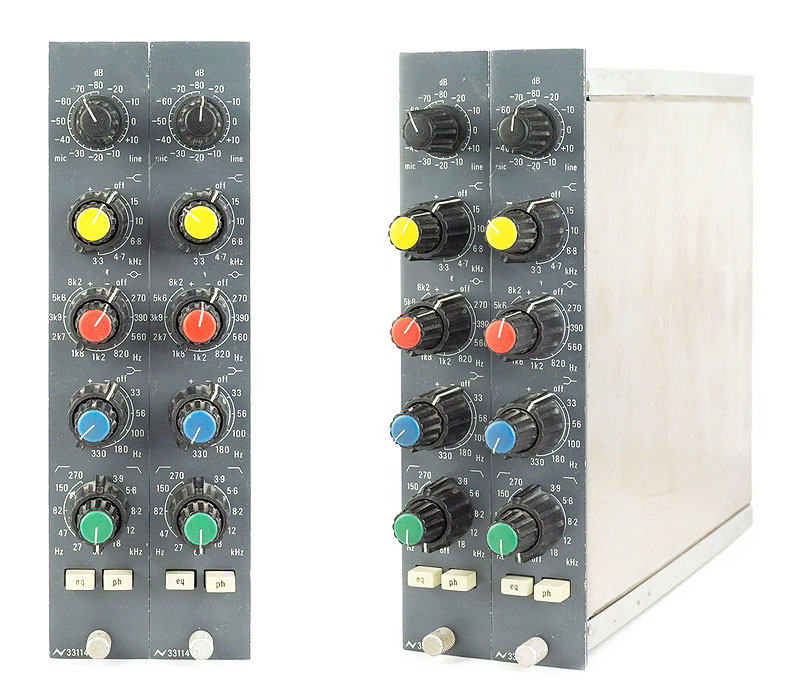

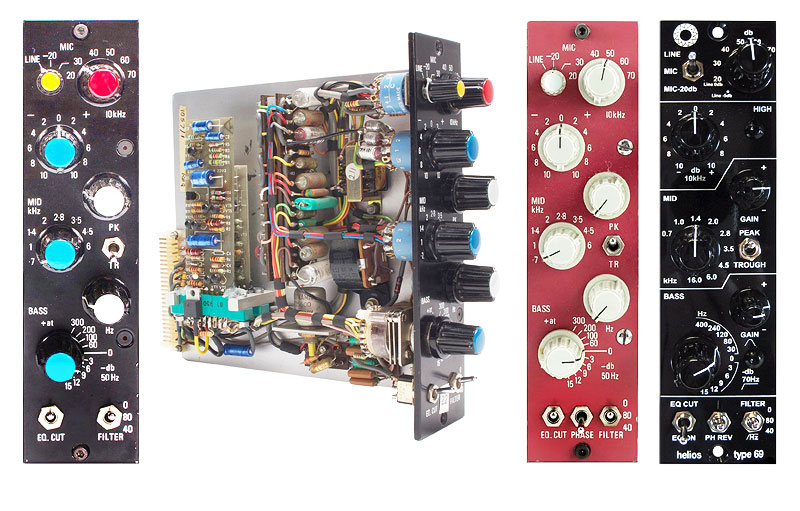
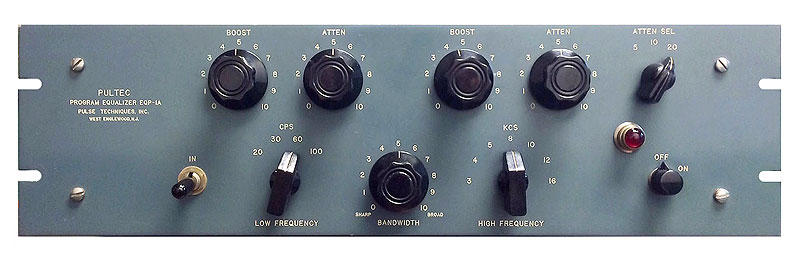
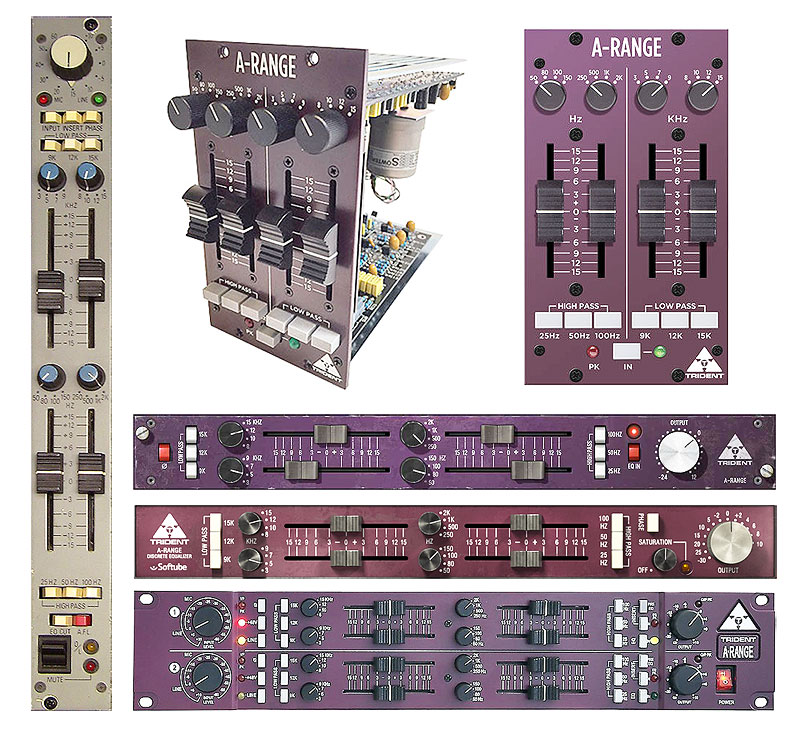
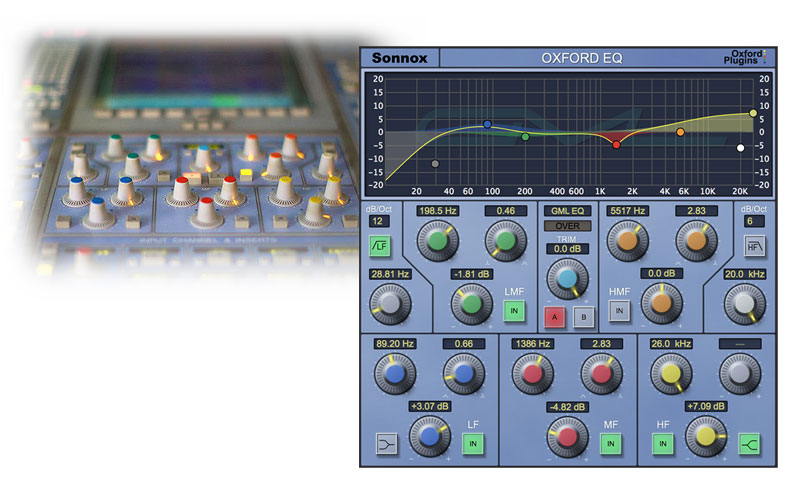
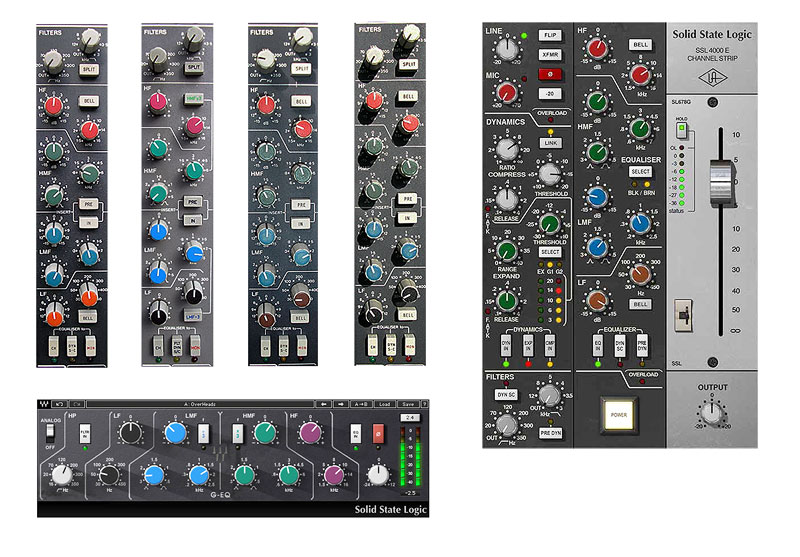
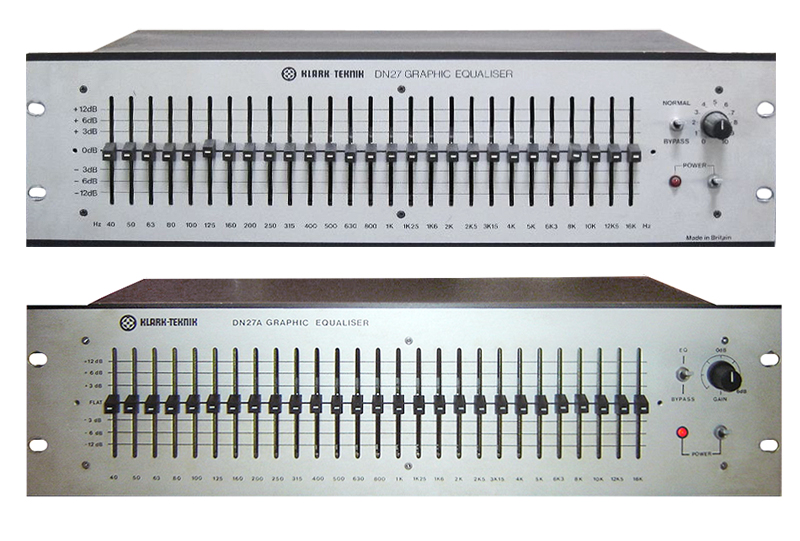
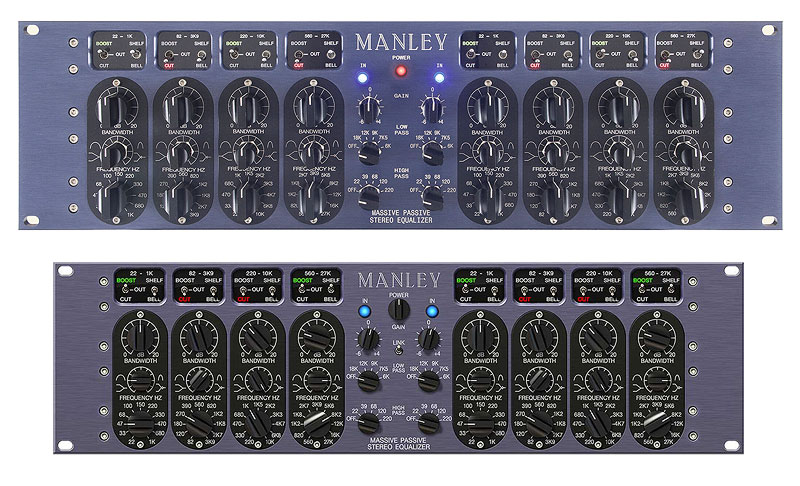
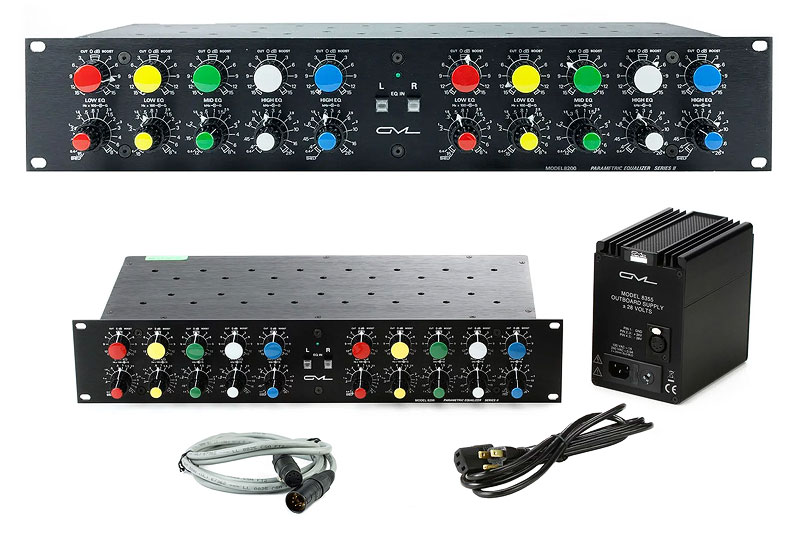
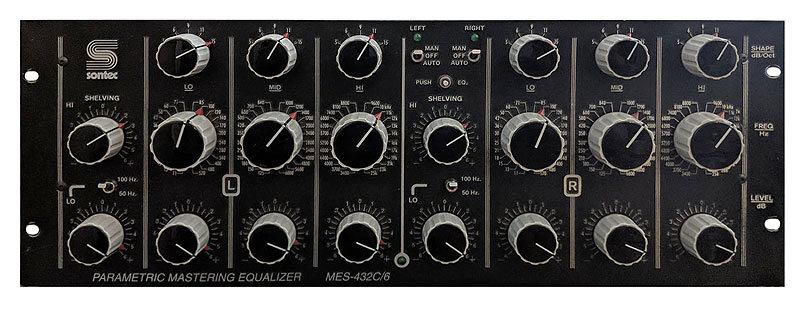
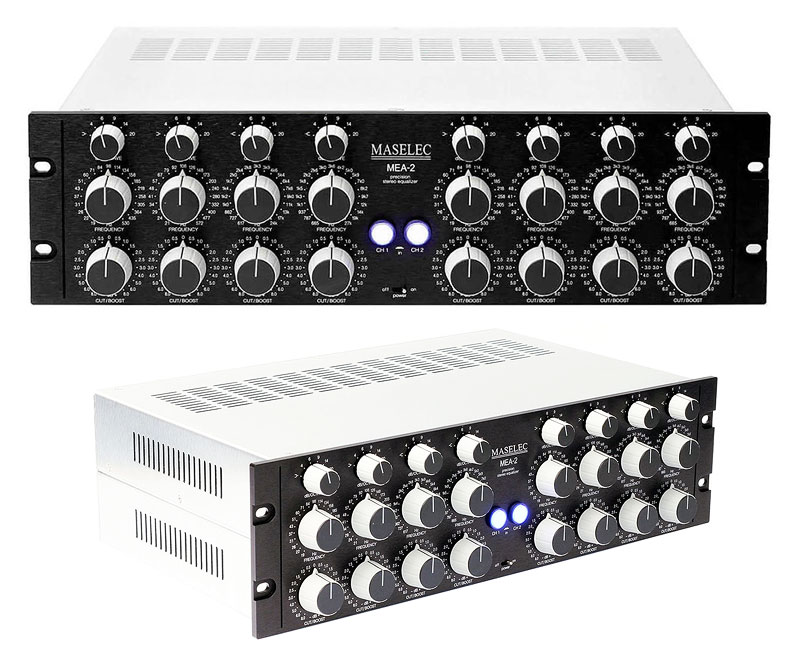

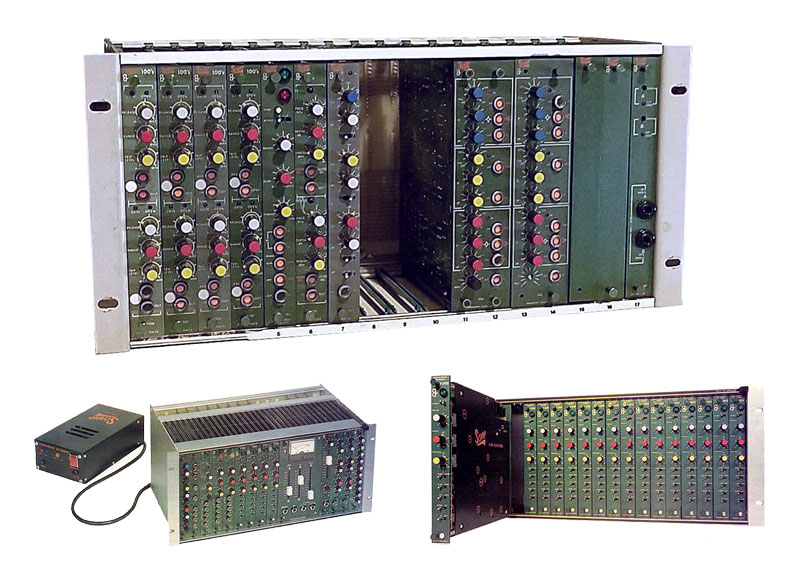
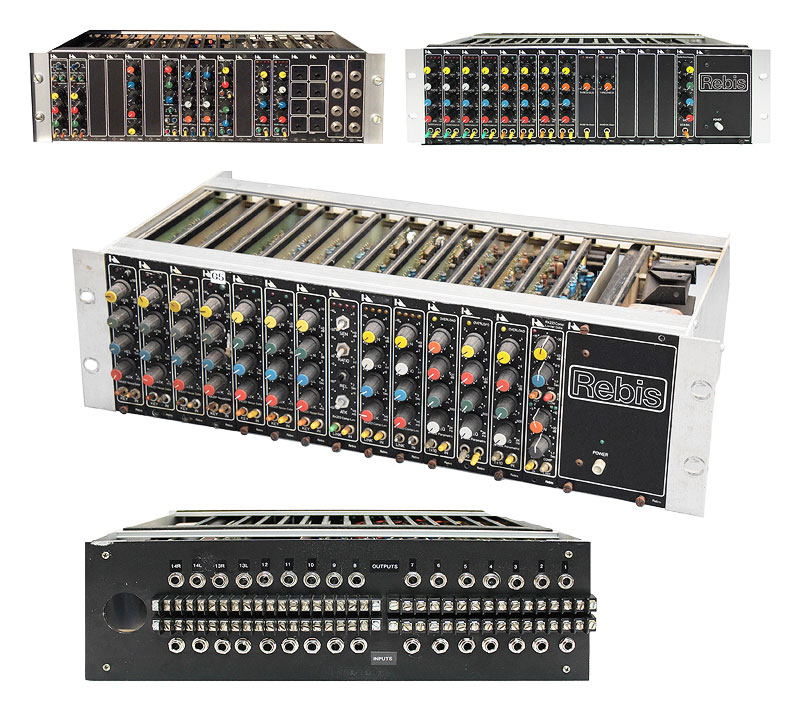
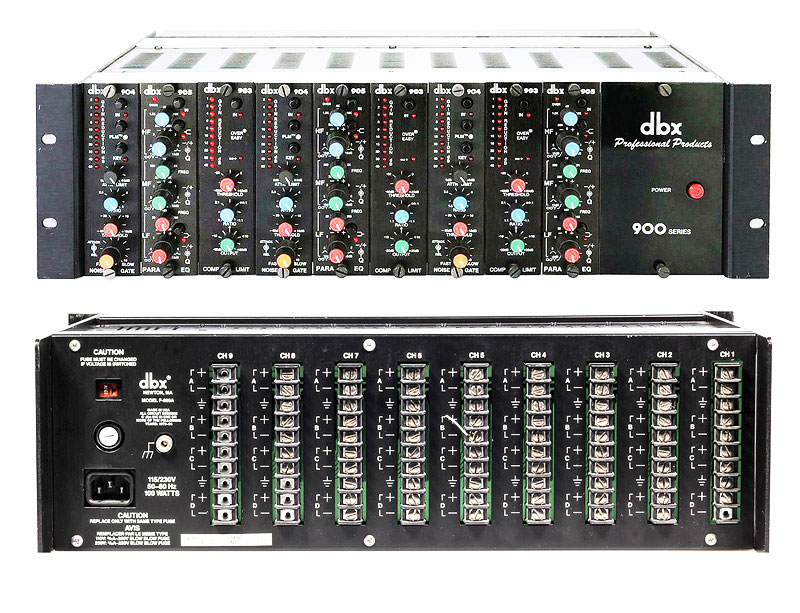
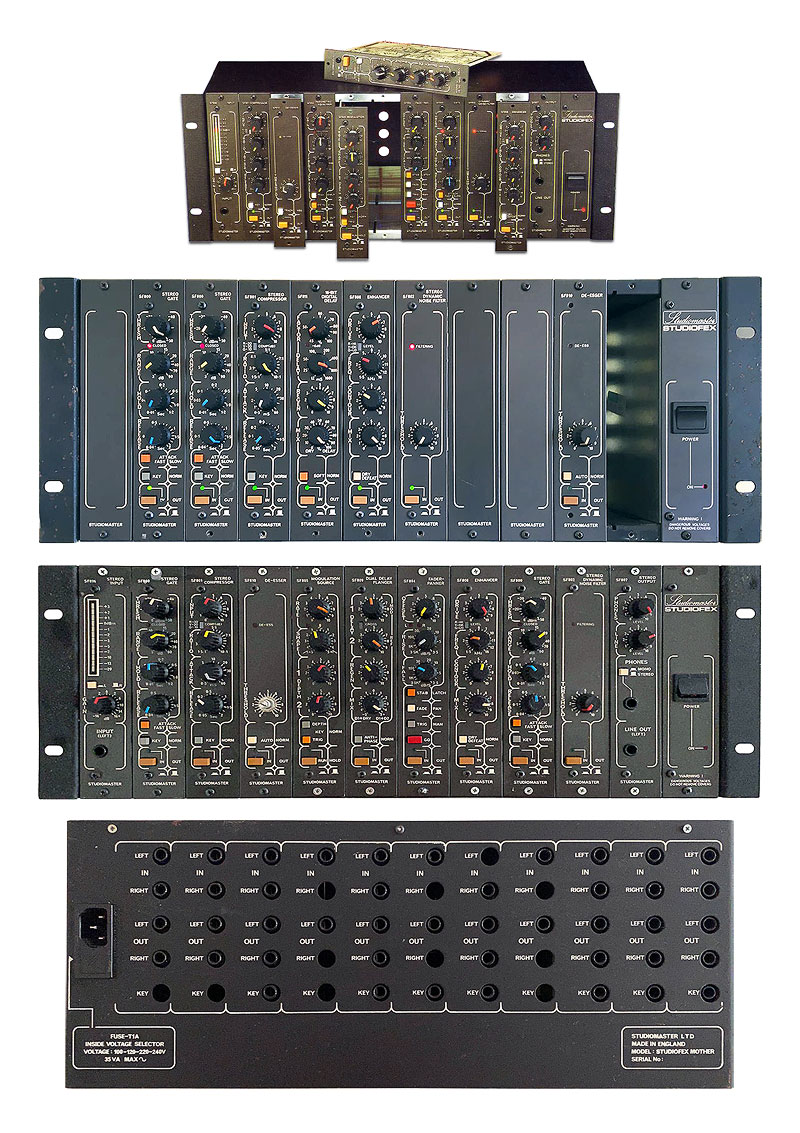
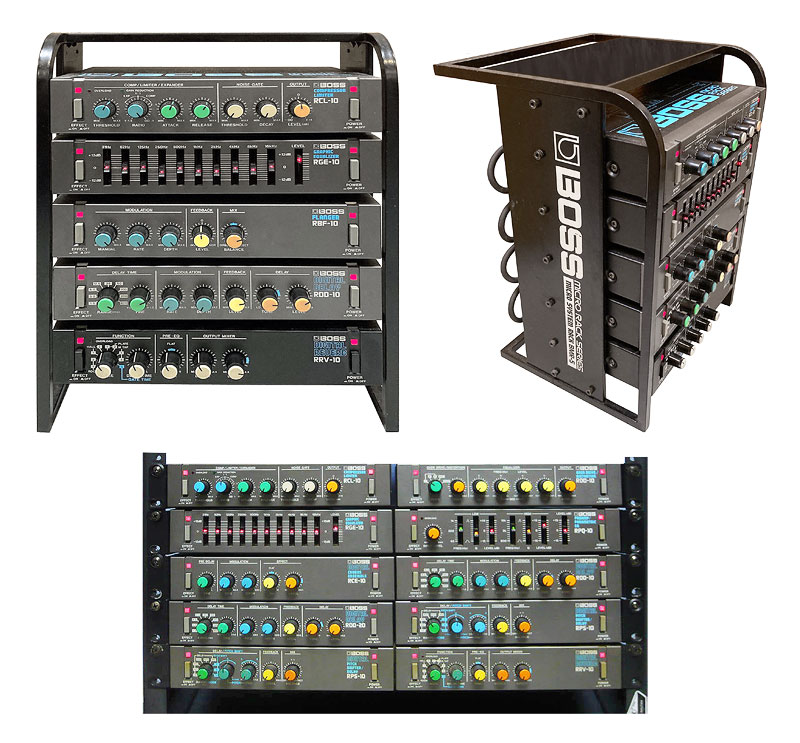
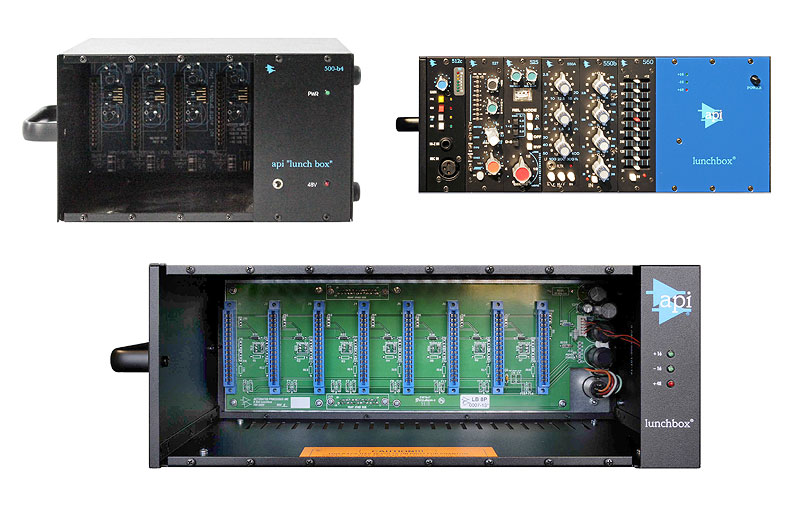
James
23-July-2020
Heading
Heading
Heading
Add a review or comment